
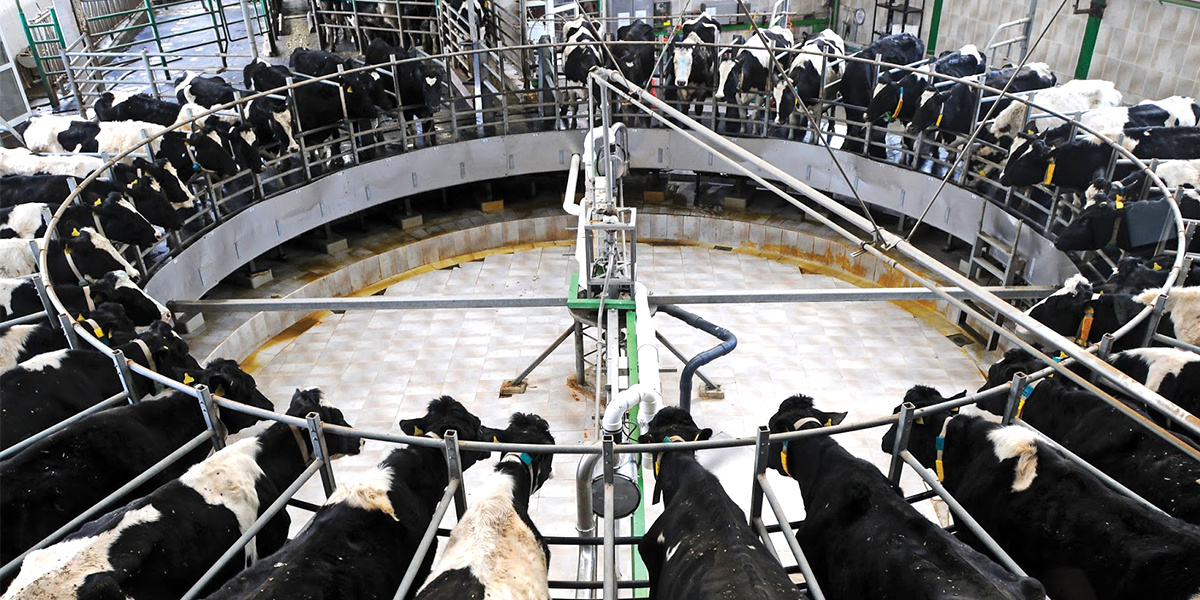
By Rachel Krantz
For most of my life, I genuinely believed the false advertising used to sell dairy. When I learned the truth—that nearly all cows used for dairy are kept inside, locked up, forcibly inseminated, and hooked up to painful milking machines—I was heartbroken. How had I never put two and two together: that for humans to consume cow’s milk, mother cows must have their calves taken?
I had been duped by dairy brands, whose misleading ads have never been regulated, despite truth-in-advertising laws. This discrepancy prompted a 2003 lawsuit involving the “Happy Cows” campaign, but the case was thrown out over a technicality. “The state’s false advertising law simply doesn’t apply to the government,” explained Mercy For Animals lawyer Rachel Faulkner. The ‘Happy Cow’ ads were run by the California Milk Advisory Board, a marketing arm of the California Food and Agriculture Department.
It’s troubling that you can’t sue the government for false advertising, but the case presents another issue that needs unpacking: how the dairy industry uses advertising to sell a false narrative about the lives of cows.
Here are common myths in dairy advertising, and the truth behind them.
A disclaimer: The images of actual cows used here are from MFA undercover investigations into dairy farms. While they are not from the following brands’ facilities, the images show the standard conditions and abuses at typical factory farms, where such products are manufactured.
1. The Advertisement:

1. The Reality:
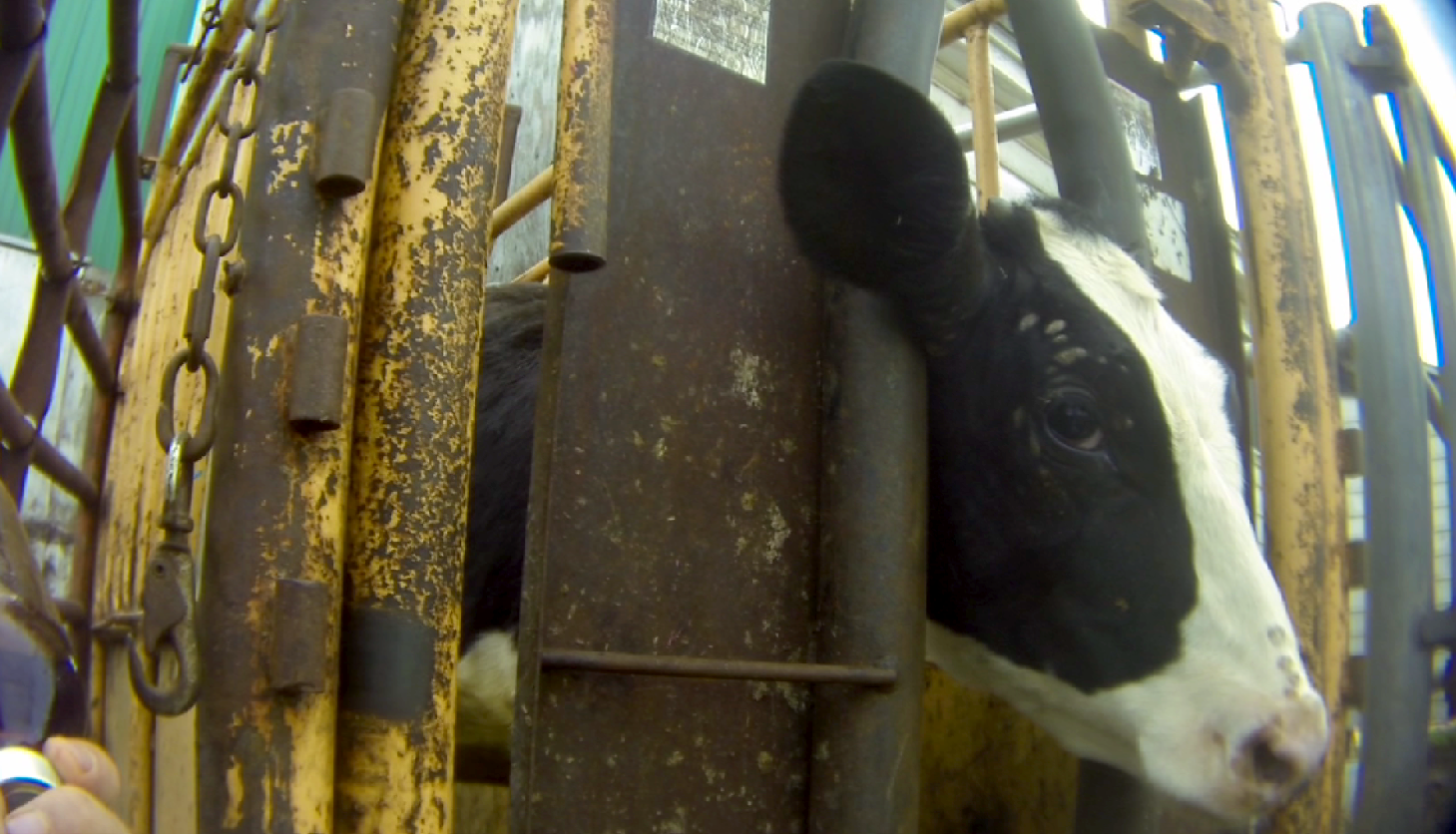
Cows used for dairy do not spend their lives on open green pastures, grazing in the sun. Nearly all cows live on factory farms, which make up 99 percent of farms, and they spend their lives almost entirely indoors.
According to a recent study, fewer than 5 percent of the 10 million lactating cows in the U.S. have access to pasture during grazing season. The most common type of housing is the stanchion barn, where cows are tied up and have little freedom of movement, usually without access to natural light.
Equally heartbreaking, their young are repeatedly taken from them. Much like humans, cows naturally nurse their young for six to nine months, weaning their babies gradually. Female calves stay with their mothers for life. But on dairy farms, calves are taken within hours of birth so that their mother’s milk can be consumed by humans. This is the case even at organic or local dairy farms.
These mother cows know their babies are being taken from them, and they have been known to cry for hours after the separation. Case in point: In 2013, locals in Newbury, Massachusetts, called the police because of crying they’d heard from a nearby dairy farm. Upon investigation, authorities discovered that the cries had come from mothers whose newborns had been ripped away.
2. The Advertisement:
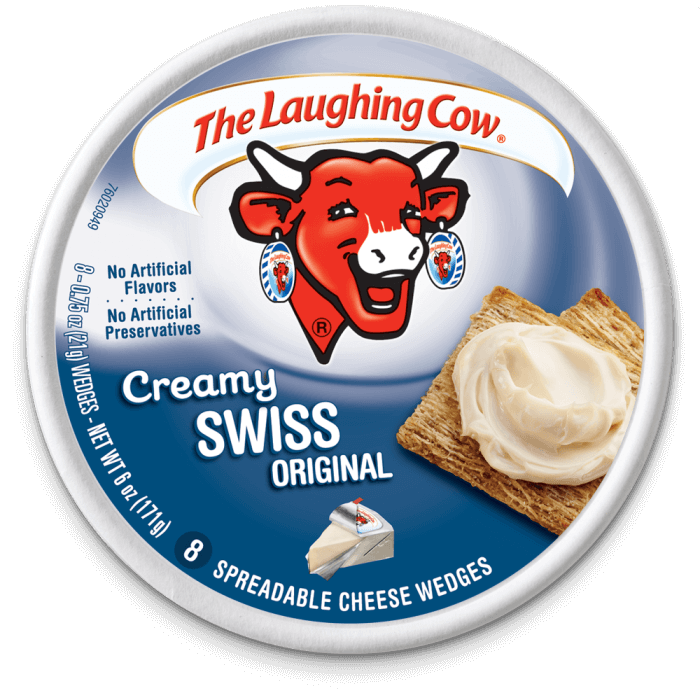
2. The Reality:
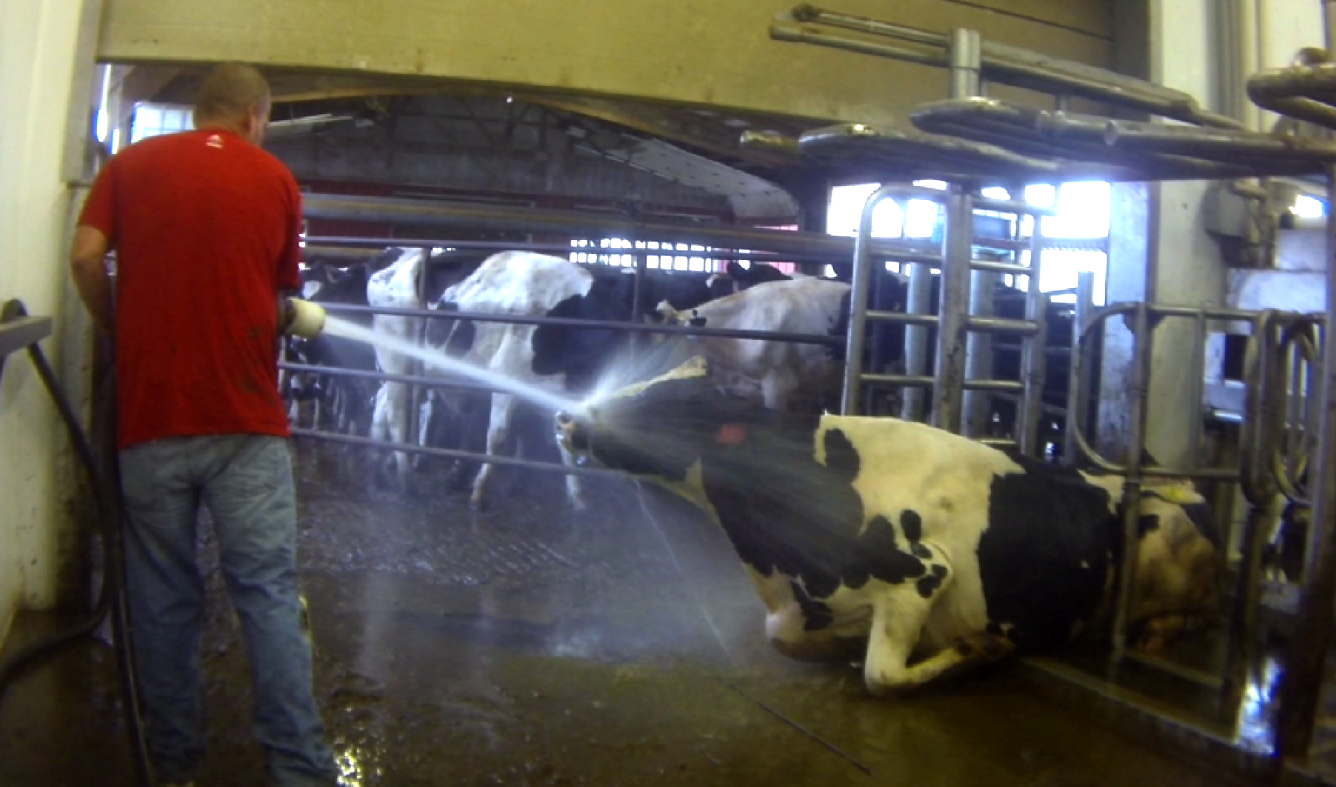
The image of the happy cow is everywhere. “Not only do we not listen to cows, we also replace their story with one we feel comfortable with: cows want to give us their milk, they want to get pregnant and give us their calf,” said Elise Desaulniers, author of Cash Cow: Ten Myths About the Dairy Industry. “A term has been coined to describe those advertising images produced to make us feel good: suicide food. Animals that are delighted to be killed, and sometimes robbed and tortured, for you.”
In reality, the dairy industry forces a cow to produce around 6.5 gallons of milk per day—at least 10 times the amount she would naturally produce for her calf. As a result, cows often develop mastitis, a potentially fatal mammary gland infection. Imagine the unbearable pain of producing 10 times the milk your body naturally makes, for almost your entire life.
Cows raised for dairy are slaughtered after their milk production decreases or their bodies give out, usually around age four (under natural conditions, they could live as long as 25 years). Slaughter awaits all cows and steers, but there is arguably more suffering in a glass of milk than in a hamburger.
3. The Advertisement:
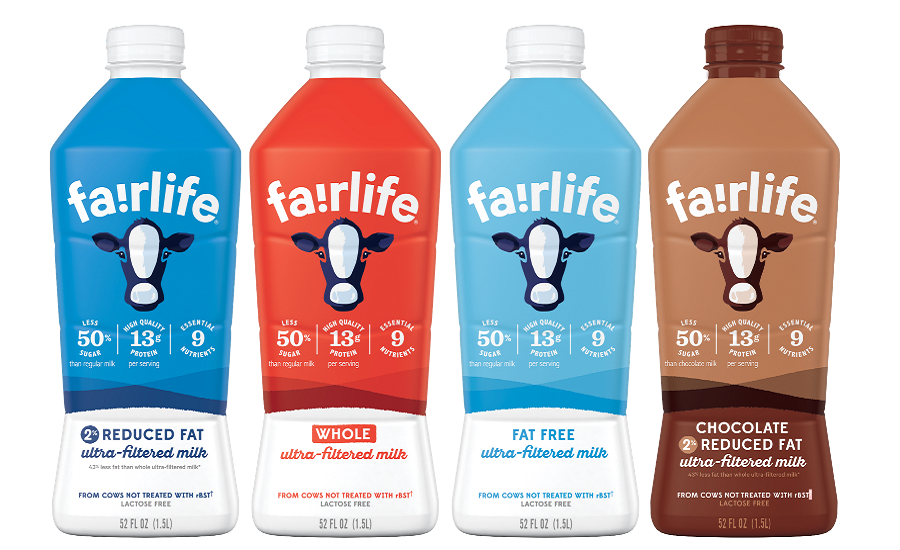
3. The Reality:
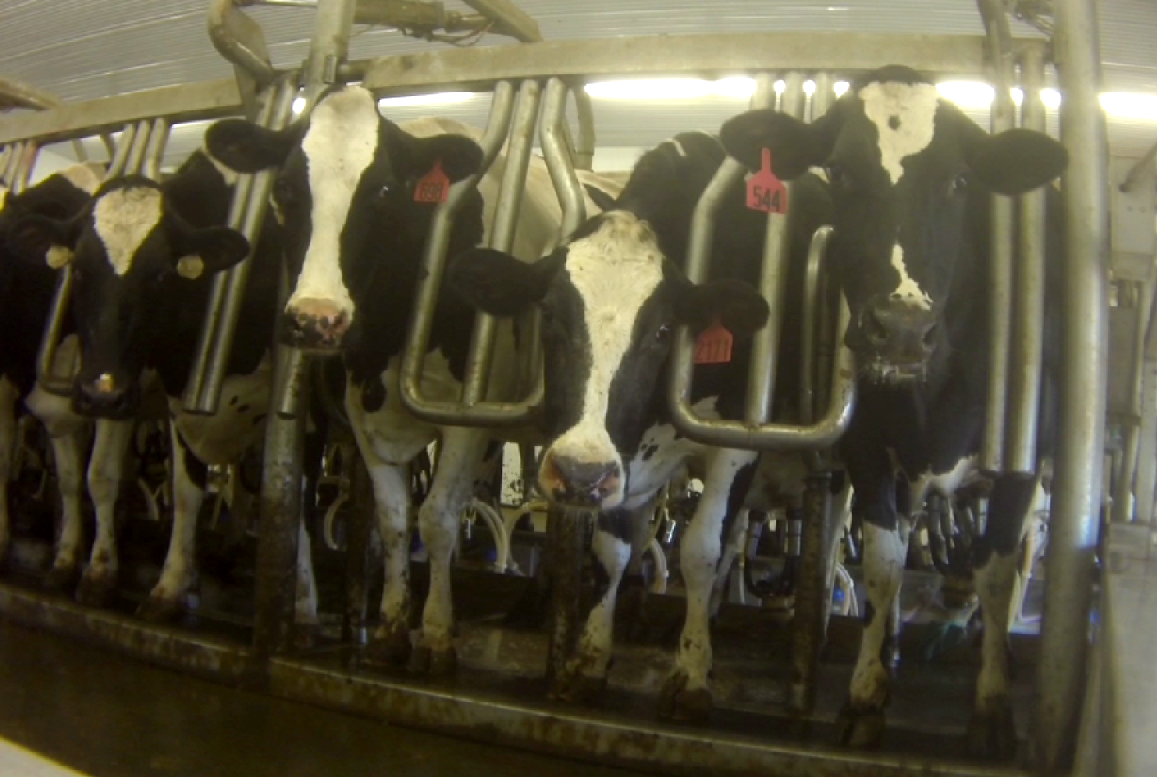
If your milk claims to be humane or ethical, beware. “There is no regulation for the word ‘humane’ in advertising,” Faulkner said. Terms such as “natural” also aren’t regulated. And “free-range” doesn’t mean animals live outdoors; it just means they must have some access to grazing (and it’s usually very little).
A dairy brand’s use of the name “Fairlife” is both audacious and offensive. There’s nothing fair about it.
4. The Advertisement:
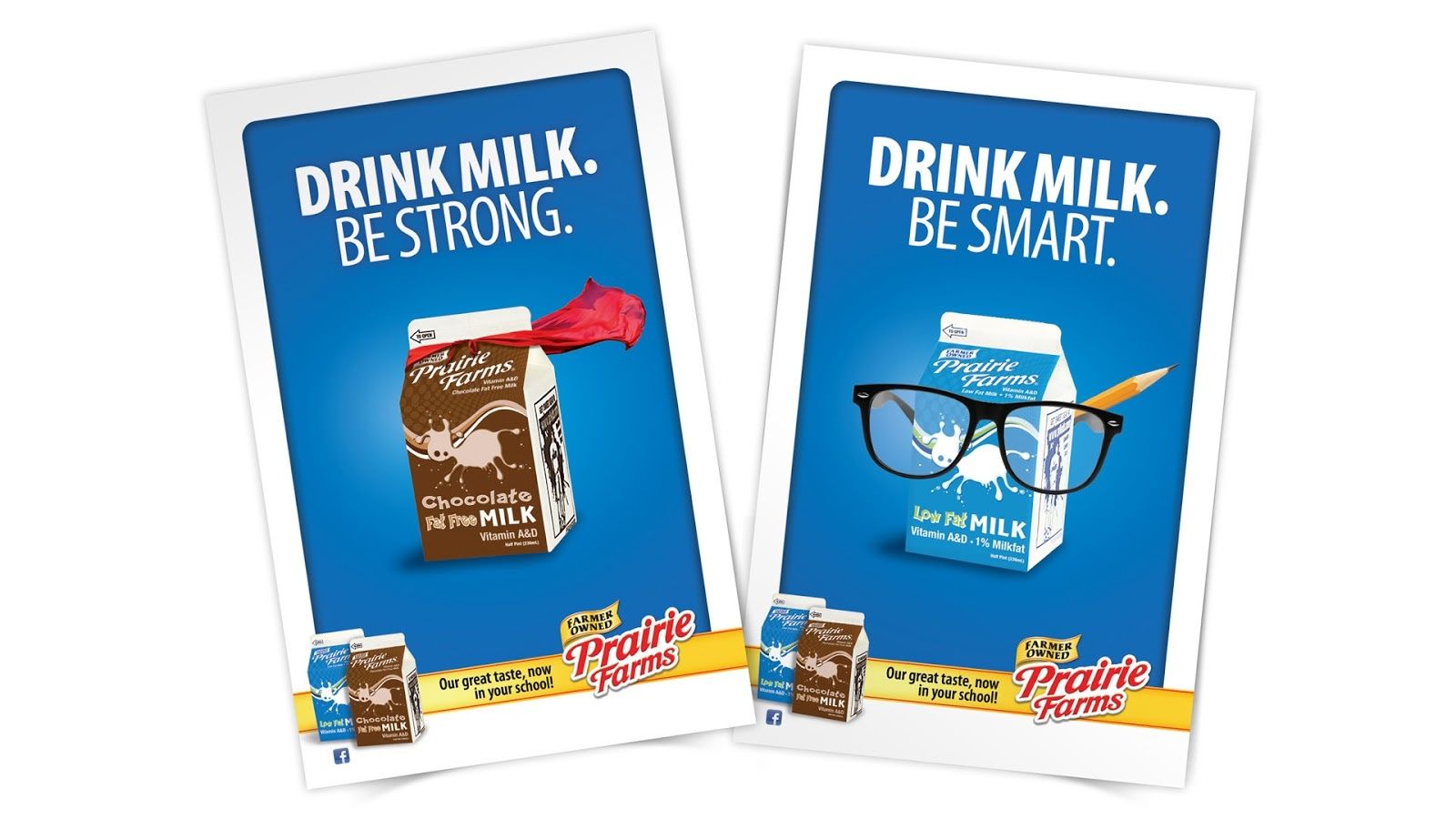
4. The Reality:
We’re told we need milk to grow up big and strong, but milk actually makes us sick. An astonishing three-quarters of people lack the enzyme to properly digest cow’s milk, causing an array of digestive issues. Dairy is also linked to cancer. Studies show that one connection is through dietary hormones, especially estrogen, as dairy accounts for 60 to 80 percent of estrogens consumed by humans today.
Milk is high in estrogen even if it is labeled “hormone-free”; you can’t omit the cow’s naturally occurring pregnancy and lactation hormones. Low consumption of milk and other dairy products, on the other hand, is linked to significantly decreased risks of lung, breast, prostate and ovarian cancers as well as a decreased risk of Parkinson’s disease.
Dairy is also connected to acne, asthma and migraines.
And calcium? That’s another myth we’ve been sold. Many nutritionists argue that dairy products are an inferior source of calcium. While we absorb about 30 percent of the calcium in milk, our absorption rate with other foods, especially kale, broccoli and bok choy, may be twice as high.
We can get all the calcium we need from plant-based foods, without the cholesterol and saturated fat in dairy products. Ironically, high consumption of cow’s milk is also associated with increased risk for bone fractures, according to a recent study in the British Medical Journal. Women who consumed three or more glasses of milk per day had a 60 percent increased risk for hip fractures and a 16 percent increased risk for other fractures.
5. The Advertisement:
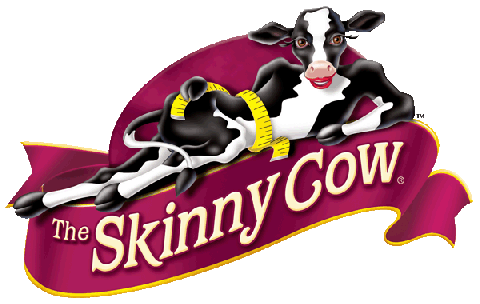
5. The Reality:

The dairy industry is built on the exploitation of female bodies. Cows are impregnated and their babies are taken. The argument “that’s what they’re designed for” is no more true than when it’s used against women. No living creature wants to be used solely for her reproductive system and denied the right to motherhood, bodily autonomy and freedom.
Cows are intelligent, sensitive beings who experience pain and develop social bonds, just like we do. They hold grudges against other cows for months or years, feel joy after they solve a complex problem, and even seek out human help in anticipation of a difficult birth.
Cows’ bodies, their offspring and their milk are their own. Cows don’t exist for our consumption anymore than a woman’s body exists for a man’s pleasure. By leaving animals off our plates, we can help create a world where happy cows are more than just an advertising ploy.

 233k
233k  41k
41k  Subscribe
Subscribe 